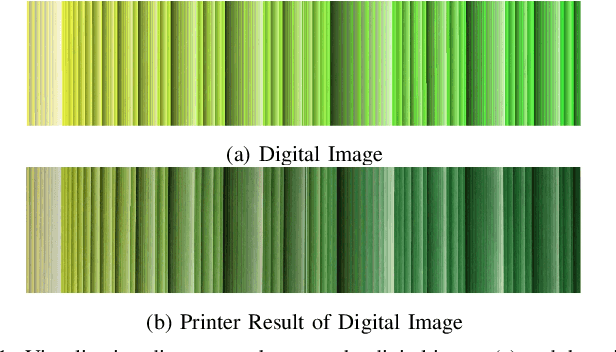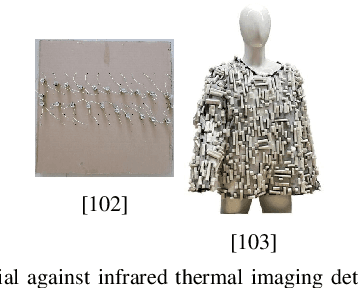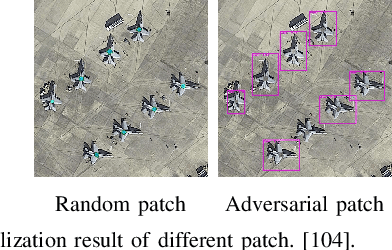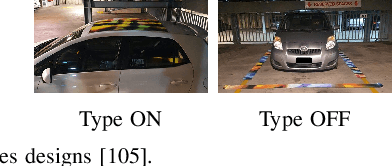Guijiang Tang
A Survey on Physical Adversarial Attack in Computer Vision
Sep 28, 2022



Abstract:In the past decade, deep learning has dramatically changed the traditional hand-craft feature manner with strong feature learning capability, resulting in tremendous improvement of conventional tasks. However, deep neural networks have recently been demonstrated vulnerable to adversarial examples, a kind of malicious samples crafted by small elaborately designed noise, which mislead the DNNs to make the wrong decisions while remaining imperceptible to humans. Adversarial examples can be divided into digital adversarial attacks and physical adversarial attacks. The digital adversarial attack is mostly performed in lab environments, focusing on improving the performance of adversarial attack algorithms. In contrast, the physical adversarial attack focus on attacking the physical world deployed DNN systems, which is a more challenging task due to the complex physical environment (i.e., brightness, occlusion, and so on). Although the discrepancy between digital adversarial and physical adversarial examples is small, the physical adversarial examples have a specific design to overcome the effect of the complex physical environment. In this paper, we review the development of physical adversarial attacks in DNN-based computer vision tasks, including image recognition tasks, object detection tasks, and semantic segmentation. For the sake of completeness of the algorithm evolution, we will briefly introduce the works that do not involve the physical adversarial attack. We first present a categorization scheme to summarize the current physical adversarial attacks. Then discuss the advantages and disadvantages of the existing physical adversarial attacks and focus on the technique used to maintain the adversarial when applied into physical environment. Finally, we point out the issues of the current physical adversarial attacks to be solved and provide promising research directions.
 Add to Chrome
Add to Chrome Add to Firefox
Add to Firefox Add to Edge
Add to Edge